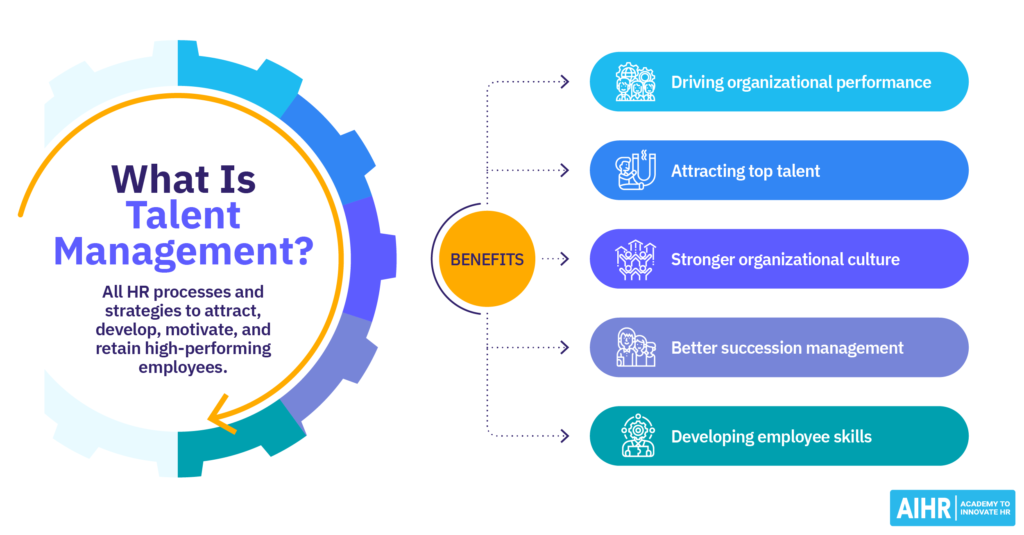In the fast-changing environment of the digital era, firms keep on adjusting and searching for means by which they can stay ahead.
This involves an important yet frequently ignored factor: interpreting employee reactions with the help of exit surveys. Such surveys are very useful in identifying the atmosphere within organizations, the levels of employees’ contentment and the matters that need rectification.
This article discusses how to do an exit survey that is useful in terms of action and leads to a healthier workplace.
The Significance of Exit Surveys
Exit surveys are a pot of unbiased comments. Many times, when an employee leaves, they are more comfortable sharing the truth without the pressure of having a job to keep. Honesty is an entry into the possibilities of the organization’s development. Utilizing this input, organizations are able to spot some trends, solve difficulties, and improve job conditions.
Essential elements of effective exit surveys
Focused Questions: Exit survey questions need to be direct, precise, and provide information on how the ex-employee felt working in this company, the conditions they encountered, the management, and why they left.
Confidentiality: Assuring confidentiality is paramount. It promotes frankness and secures the authenticity of the replies.
Multifaceted Approach: Consider using both quantitative (e.g., rating scales) and qualitative (open-ended questions). It incorporates such aspects as statistical analytic methods and reflections of the employees sentiments in this unique mix.
Crafting the Survey: A Step-by-Step Guide

Step 1: Define Your Objectives
Identify your objectives in the formulation of the study including improving managers’ practices, work-life balance and employees’ promotion. Your survey questions should help you understand what you intend to accomplish. It is imperative for questions that are directed at particular organizational issues; hence they should be made crystal clear to improve their effectiveness and accuracy in their application.
Step 2: Design the Survey
Create a brief but detailed survey outlining clear objectives. The survey should neither be so long as to exhaust the respondent’s attention nor too short that it will miss critical points. The aim is to develop an interactive yet illuminating but not tedious, survey. The balance between getting a lot of information from your respondent and not wasting their time and energy.
Step 3: Administration of the Survey
Establishing the best timing and mode of administering the survey. It is most often done on the final working day of the employee or soon afterwards as it may record a few new insights. Opt for either an online option, traditional interview, or hybrid method considering which promotes the maximum level of sincerity and transparency. The choice, however, influences the type and genuineness of the feedback obtained.
Step 4: Use of feedback
Thereafter, it is all about analysis of the collected information. Find patterns or useful information in the responses. It is imperative to transform this feedback into practical modifications at the workplace. Not just the organization itself, but also the employees’ spirits lift up when they witness tangible actions on feedback. It promotes more active and truthful engagement with future feedback chances.
Tips for a Successful Exit Survey Design
Engage Leadership
Make sure that the leadership in the organization appreciates the importance of such feedback and takes it into account. Without their support, it will be hard to carry out the reforms that are guided by the survey findings. Involvement of leadership also shows that employee’s views are valued; therefore, they may lead to some changes.
Continuous Improvement
Consider exit surveys as a component of a continual quality improvement initiative. Conduct periodic assessments of the surveys and make necessary changes based on the new organizational objectives and challenges.
Feedback Loop
Share general findings and follow-up action plans with the current employee; close the feedback loop. Transparency generates a climate of confidence and ongoing improvement.
In modern business, exit surveys are much more than only a formal procedure; they constitute an important feature in the armory of strategy. Unique, as they give open information that can be concealed in other ways. Through the application of careful, well-planned exit interviews, companies are in a position to address the causes of resignation that ultimately contribute to a higher level of general employee satisfaction as well as participation. The art of conducting exit surveys becomes more than beneficial today when talent itself is another important point of distinction in the age of digitalism and the changing business environment.




